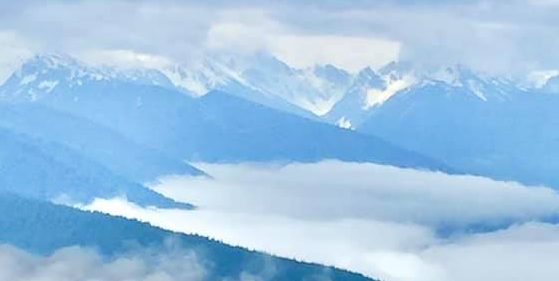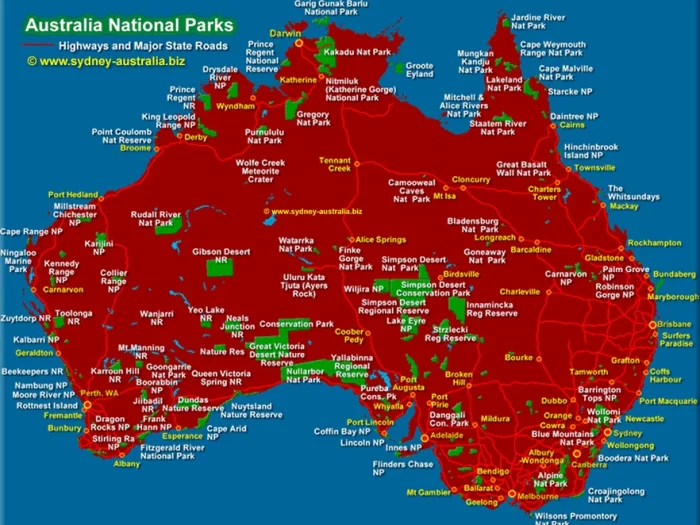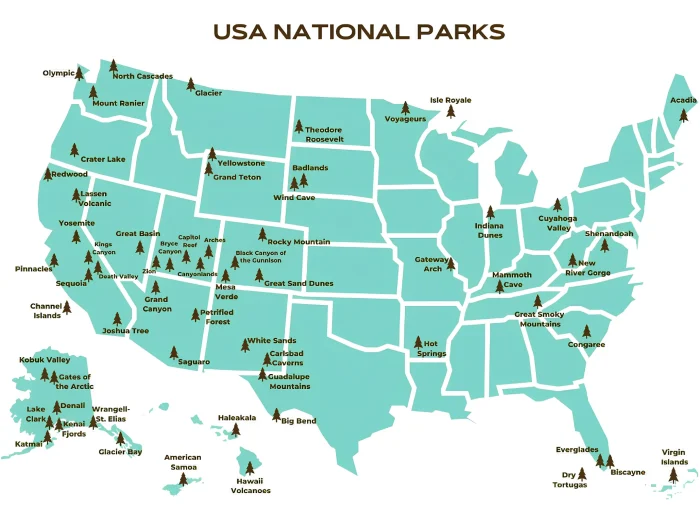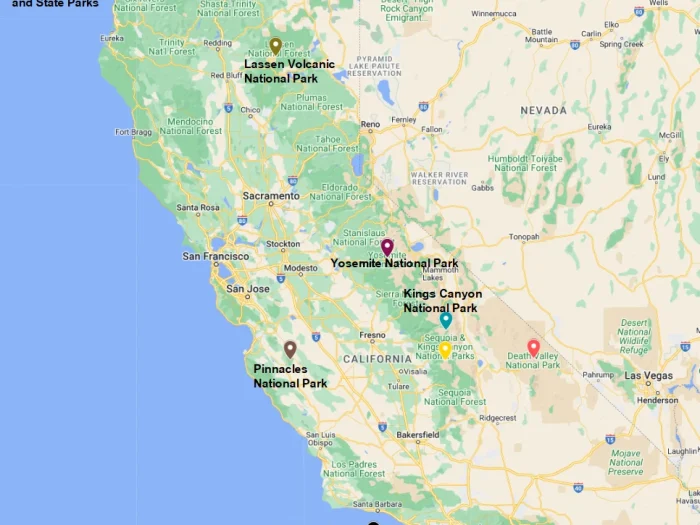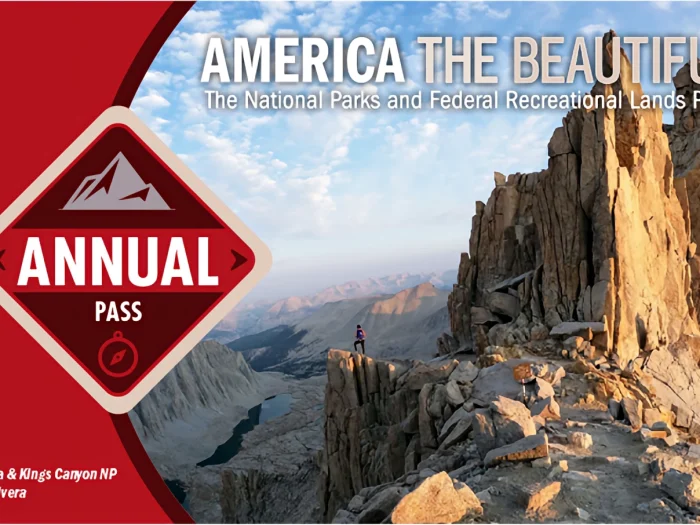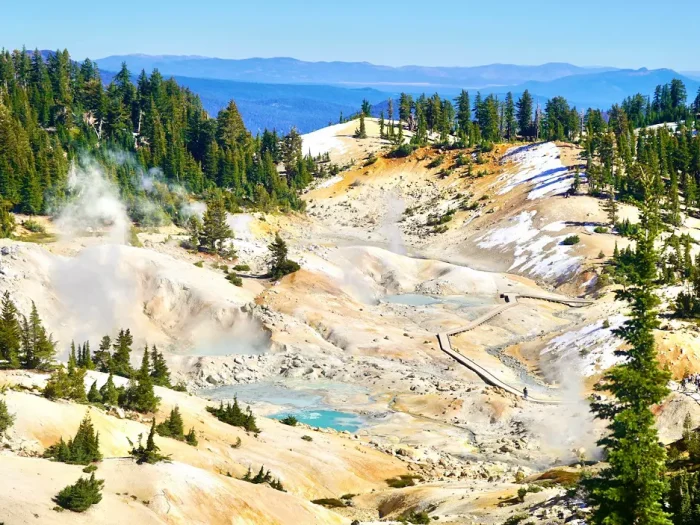Best Things to Do in Death Valley National Park
Death Valley National Park is one of the most otherworldly and awe-inspiring destinations in the United States. Stretching across eastern California and into Nevada, it’s known as the hottest, driest, and lowest national park in the country — and one of the most unique landscapes on Earth. Despite its name, Death Valley is full of life, color, and adventure. From vast salt flats and towering sand dunes to colorful canyons and star-filled night skies, there’s something unforgettable for every kind of traveler.
Here are the best things to do in Death Valley National Park:
1. Visit Badwater Basin – The Lowest Point in North America
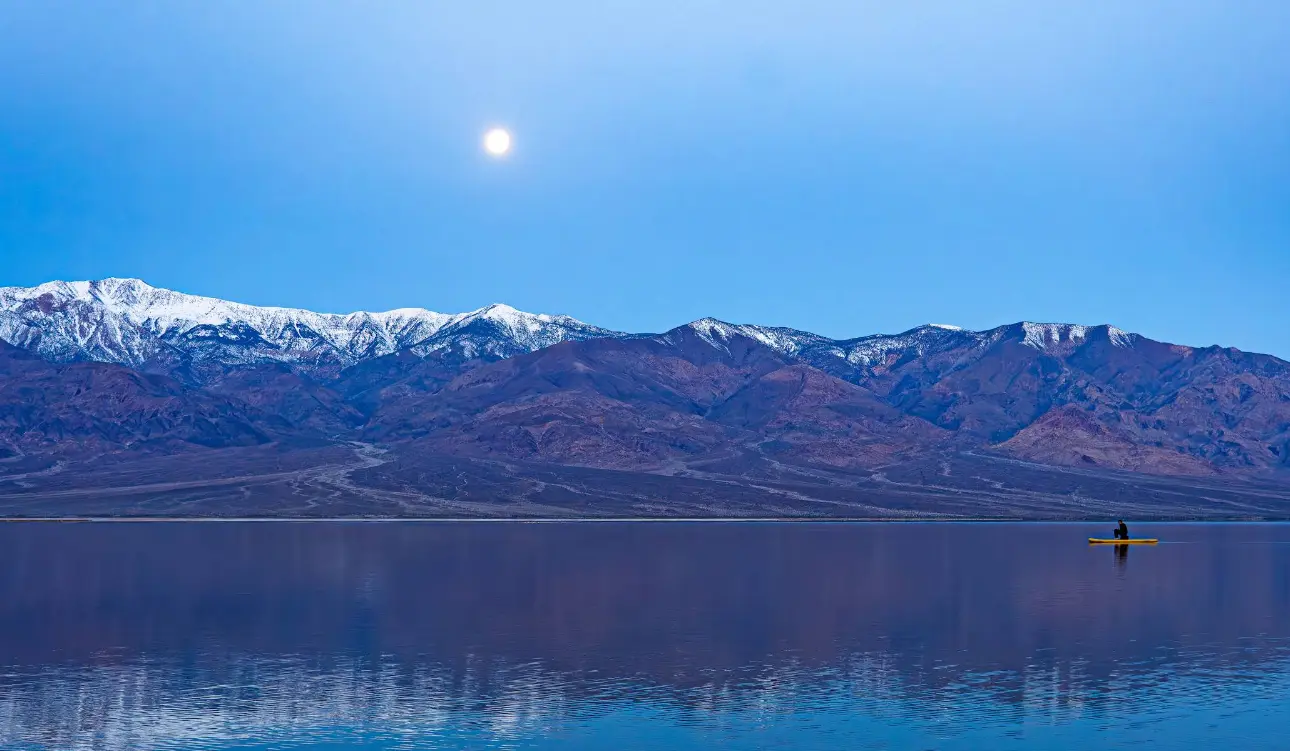
Badwater Basin photo by Mark Ceder
At 282 feet below sea level, Badwater Basin is the lowest point in North America. This vast salt flat is otherworldly, with hexagonal salt patterns stretching into the distance. It’s especially magical at sunrise or sunset when the light dances across the white terrain. Don’t forget to spot the sea level sign on the nearby cliff to fully appreciate how far below you are.
2. Catch Sunrise at Zabriskie Point
Zabriskie Point is one of the most iconic viewpoints in the park. The sun rising over the golden, wave-like badlands offers a surreal and colorful start to the day. The eroded landscape of the Furnace Creek Formation glows in shades of gold, pink, and red — making it a favorite spot for photographers and early risers.
3. Drive Artist’s Drive and Visit Artist’s Palette
This 9-mile scenic drive winds through hills splashed with vibrant colors caused by the oxidation of different metals in the rocks. The highlight is Artist’s Palette, where the hills shimmer in green, pink, yellow, and purple. Sunset brings out the most vivid colors, and it’s easily accessible by car.
4. Explore Mesquite Flat Sand Dunes
Located near Stovepipe Wells, the Mesquite Flat Sand Dunes are some of the most accessible dunes in the park. You can hike into the dunes, slide down them, or simply enjoy the sweeping desert views. Sunrise and sunset provide cooler temperatures and incredible lighting for photos.
5. Check Out Dante’s View
For one of the most breathtaking panoramic views in the park, head to Dante’s View, perched 5,475 feet above Badwater Basin. On a clear day, you can see both the lowest point in North America and, across the valley, the towering peaks of the Panamint Range. This spot is also ideal for stargazing.
6. Hike Golden Canyon to Red Cathedral
This moderately easy hike takes you through narrow golden canyons and ends at the towering Red Cathedral rock formation. It’s one of the most popular hikes in the park and can be extended to connect with the Gower Gulch Loop for more adventure.
7. Tour the Historic Scotty’s Castle (Temporarily Closed)
Although Scotty’s Castle is temporarily closed due to flood damage, it’s worth learning about this 1920s mansion built in the desert. When reopened, it offers guided tours that blend history, architecture, and the intriguing story of the man who claimed it as his own.
8. Stargazing and Night Photography
Designated as a Gold Tier Dark Sky Park, Death Valley is one of the best places in the world for stargazing. With minimal light pollution, you can see the Milky Way with the naked eye. The best stargazing spots include Harmony Borax Works, Mesquite Flat Sand Dunes, and Badwater Basin.
9. Devil’s Golf Course
This eerie landscape of jagged salt formations looks like something from another planet. The name comes from a 1930s guidebook that said “only the devil could play golf here.” You can walk among the sharp salt pinnacles — but be careful, they’re surprisingly hard and brittle.
10. See the Racetrack Playa (For the Adventurous)
If you’re up for a rugged off-road adventure, head to the Racetrack Playa, famous for its “sailing stones” — rocks that mysteriously slide across the dry lakebed, leaving trails behind them. A high-clearance vehicle (preferably 4×4) is required for the rough, washboard road.
Bonus Tips:
- Visit in the cooler months: Fall through spring is the best time to visit, as summer temperatures can exceed 120°F (49°C).
- Bring plenty of water: There are few facilities, and dehydration is a serious risk.
- Cell service is limited, so download maps or bring a GPS.
- Sun protection is essential — wide-brim hats, sunscreen, and sunglasses are your best friends.
Final Thoughts
Death Valley National Park is full of raw beauty and stunning contrasts — from the lowest valley floors to towering mountain peaks, from scorching temperatures to cool desert nights. Whether you’re a hiker, photographer, history buff, or simply a seeker of unique places, Death Valley offers an unforgettable experience that feels truly out of this world.
